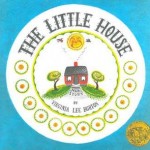 The Little House by Virginia Burton
The Little House by Virginia Burton
The rosy-pink Little House, on a hill surrounded by apple trees, watches the days go, by from the first apple blossoms in the spring through the winter snows. Always faintly aware of the city’s distant lights, she starts to notice the city encroaching on her bucolic existence. First a road appears, which brings horseless carriages and then trucks and steamrollers. Before long, more roads, bigger homes, apartment buildings, stores, and garages surround the Little House. Her family moves out and she finds herself alone in the middle of the city, where the artificial lights are so bright that the Little House can no longer see the sun or the moon. She often dreams of “the field of daisies and the apple trees dancing in the moonlight.”
Home Place by Cresent Dragonwagon
Deep in the woods there used to be a house where a family once lived. Over there was the chimney. Just imagine little toes warming up beside it. And see those daffodils? Someone took special care to plant and tend to them so that every spring they blossomed as brightly as the year before. Both the house and the family are gone now, but if you go to that spot in the woods…I wonder what you will find?
 The House on Maple Street by Bonnie Pryor
The House on Maple Street by Bonnie Pryor
What would you see from your front porch if your neighborhood suddenly looked as it did three hundred years ago? When the two girls who live at 107 Maple Street discover an ancient arrowhead and a broken china cup, they begin to wonder.
Artifacts from Long Ago
While out walking the William O. Schaefer Nature Trail, students in Mrs. Berube’s class found an old chimney and stone wall, which the children surmised to be evidence of a “Home Place”.
 |
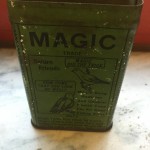 |
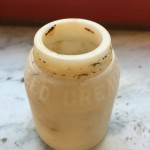 |
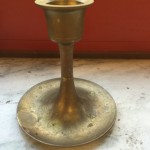 |
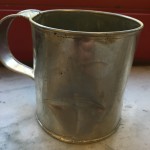 |
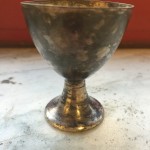 |
Listen as the students describe what they found!
Games and Toys from Long Ago
Boys and girls were taught that work was good for them. They worked hard doing their chores. Girls that were old enough would help with the cooking and baking. Girls would dye and weave wool, sew linen for clothing, churn butter, harvest herbs and vegetables and of course help with the cleaning. Boys helped their dads plow, plan, hoe and harvest crops, chop firewood, use hand tools to make things out of wood, and if old enough learn to use a musket to hunt small game. Young children would also do chores such as feeding chickens, fetching fresh laid eggs and dipping candles, even children as young as five would help harvest vegetables. The children enjoyed their work and took satisfaction in doing it well. But even though the children were busy they always found inventive and creative ways play!
Children long ago, had to make do with what they had. There were no factories for making toys, no toy stores. Toys had to be found in nature or they had to make them. They made dolls from cornhusks and rags. Leftover wood and string could be used to make spinning tops. Hoops from barrels could be used in races and other games. Many times the children made up their games and needed no equipment at all…they improvised with what was around the farm they lived on.
- Apples: dry to be used as a doll’s head
- Corn Cob:building blocks
- Shells:dishes for dolls or used in hopscotch
- Dandelions/Wild Flowers: used to make necklaces and bracelets
- Walnuts: halved and gilded and hung on Christmas trees
- Fruit pits: counters in games
- Gourds: hollow them out and blow through them to make noise
Watch the video below and learn how to make a toy just like they had long ago!
Many first grade students took a field trip to the Philipsburg Manor in Sleepy Hollow New York to participate in hands-on activities of the 18th century!
Mrs. Berube’s class took a walking field trip to the DeWint House in Tappan New York. Listen to the book authored and illustrated by the class.

